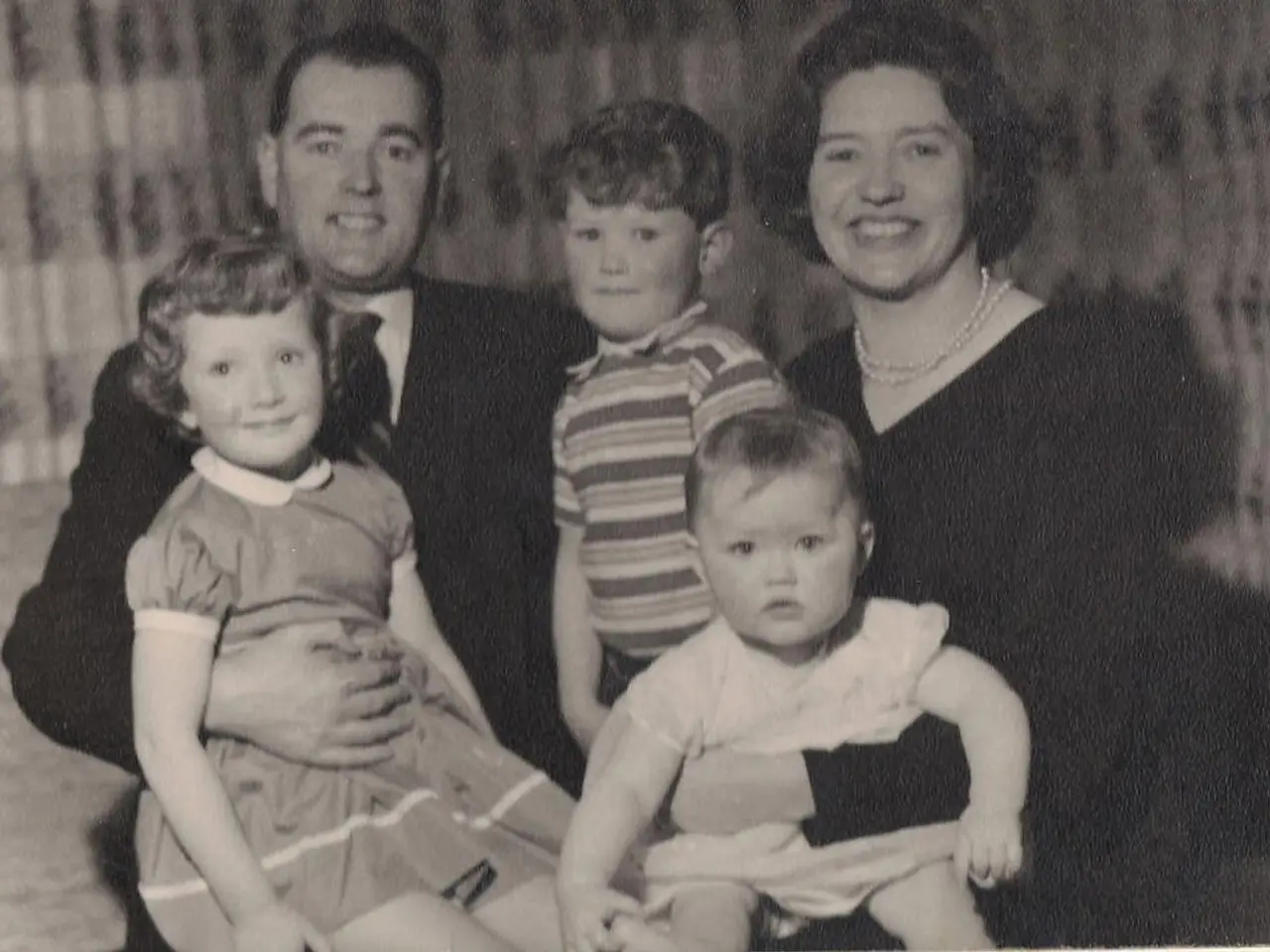Strategies for Breaking Free from Family Dependence and Establishing Strong, Healthy Family Boundaries
Family codependency, a pattern where individuals consistently compromise their well-being to maintain family harmony, can be a challenging issue. It often stems from dysfunctional family dynamics characterized by abuse, neglect, addiction, controlling or neglectful parenting, and insecure attachments.
Signs of family codependency include excessive emotional reliance on others, difficulty setting boundaries, prioritizing others’ needs over one’s own, and low self-esteem. To overcome this, key strategies include establishing healthy boundaries, fostering self-awareness, practicing self-care, and engaging in individual therapy or family therapy to develop healthier communication and interdependence.
Techniques like cognitive behavioral therapy (CBT) are effective in helping change codependent patterns and improving emotional regulation. Emphasizing interdependence (balanced mutual support while maintaining individuality) rather than codependency is crucial for healthier relationships.
Attachment styles play a significant role in shaping emotional behavior within families. Anxious/ambivalent attachment style, marked by a strong fear of abandonment and a need for constant reassurance, can contribute to controlling or overly concerned behavior. On the other hand, avoidant attachment style, characterized by emotional distance and suppression of feelings, can lead to emotional gaps in the family.
Healing from family codependency is about learning to love and relate with healthy boundaries, emotional clarity, and self-respect. Prioritizing your own needs is the most necessary and loving step towards wholeness. This may involve setting boundaries with family members, even small ones, and pausing before helping other dysfunctional family members to prioritize yourself.
Trauma-informed healing, addressing childhood issues that perpetuate codependent behaviors, and learning to assert personal needs without guilt are also important steps in the healing process. Resources like Pia Mellody’s "Facing Codependence" provide valuable insights into these underlying dynamics and recovery steps.
Maintaining growth without guilt is important for reclaiming your life and breaking generational patterns. Using affirmations like "I'm allowed to grow" can help maintain growth when guilt surfaces.
By following these strategies, individuals can break dysfunctional cycles inherited through family patterns and foster emotional autonomy and healthier relational dynamics.
- For individuals seeking personal growth, education-and-self-development resources like Pia Mellody’s "Facing Codependence" can provide valuable insights into overcoming family codependency, helping to break generational patterns and foster emotional autonomy.
- In family relationships, an anxious/ambivalent attachment style, characterized by a strong fear of abandonment and a need for constant reassurance, can contribute to controlling or overly concerned behavior, which may exacerbate issues related to life management.
- To maintain growth without guilt, it's essential to affirm one's personal needs and prioritize self-care, as these steps can help reclaim one’s life and break free from dysfunctional patterns learned through family relationships.
- Science and health-and-wellness professionals often employ techniques like cognitive behavioral therapy (CBT) to help individuals experiencing family codependency, addressing underlying emotional issues and improving mental-health by changing codependent patterns and enhancing emotional regulation.




